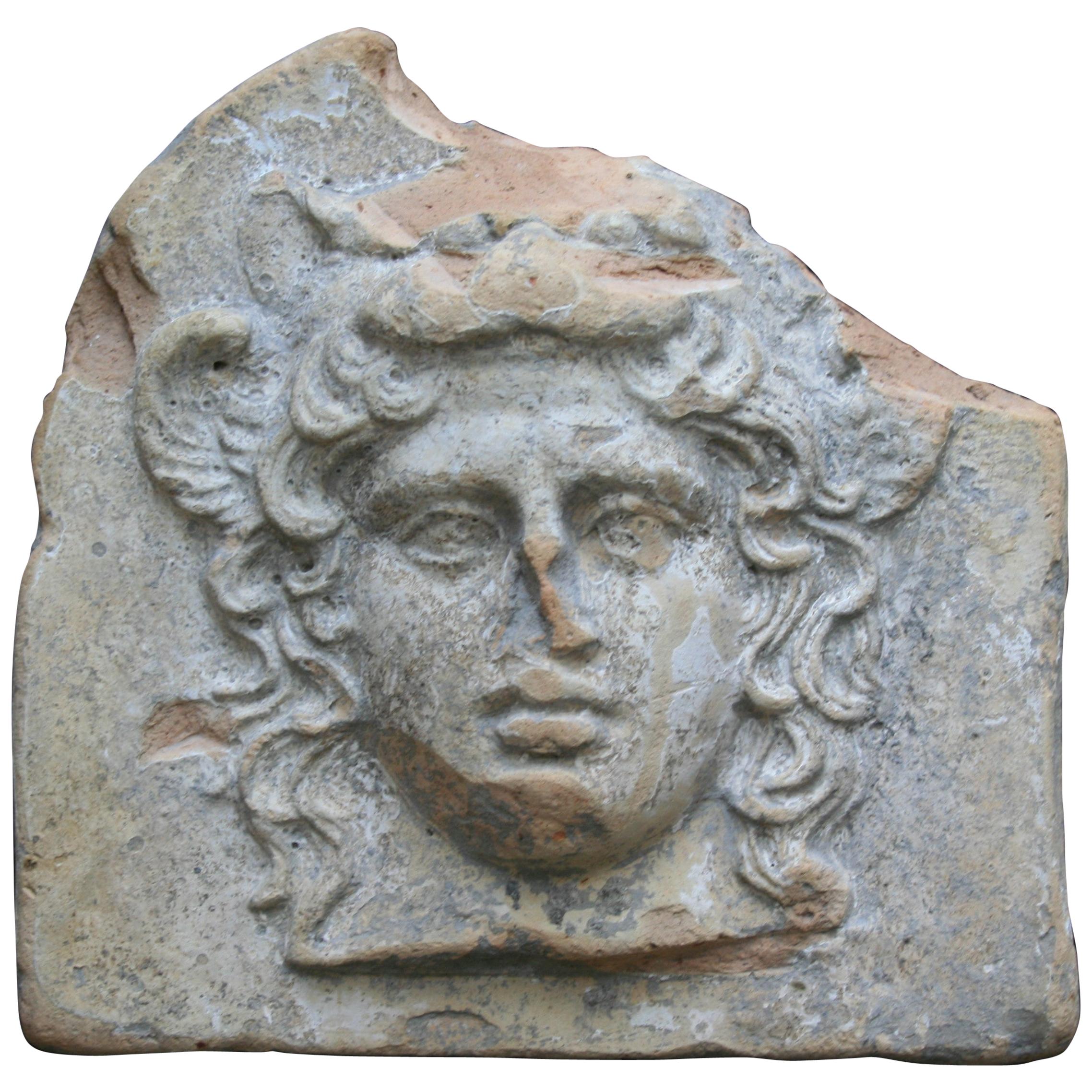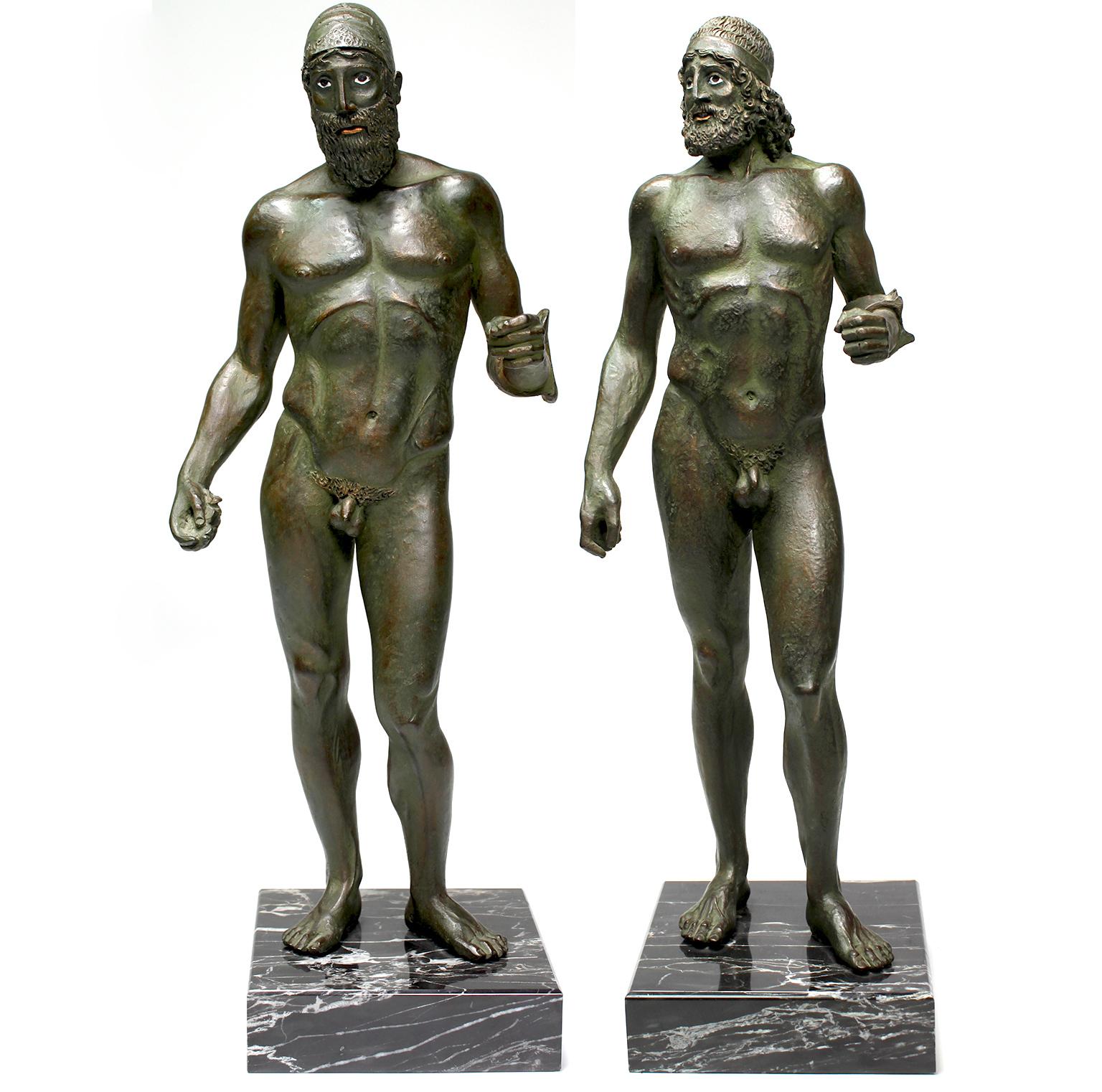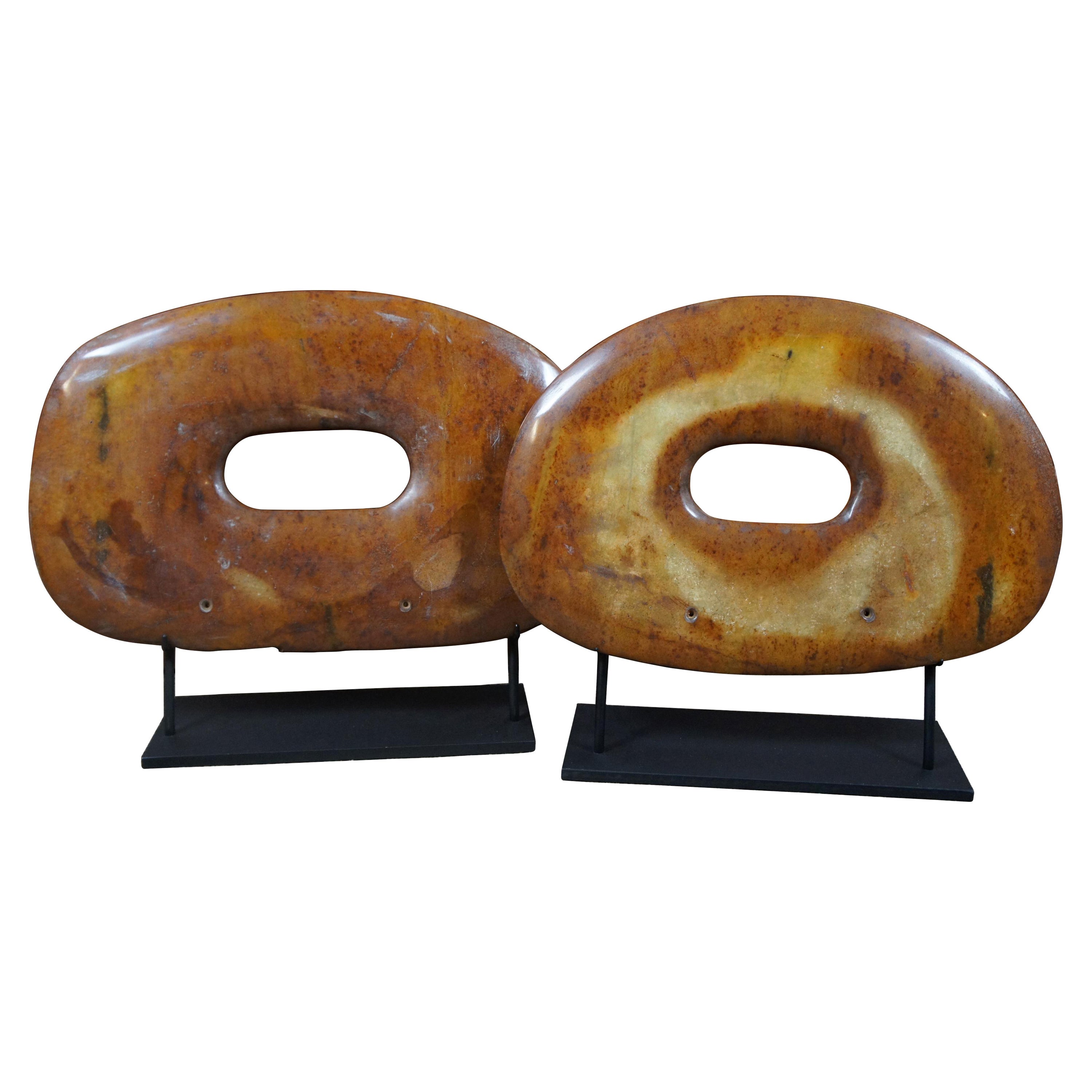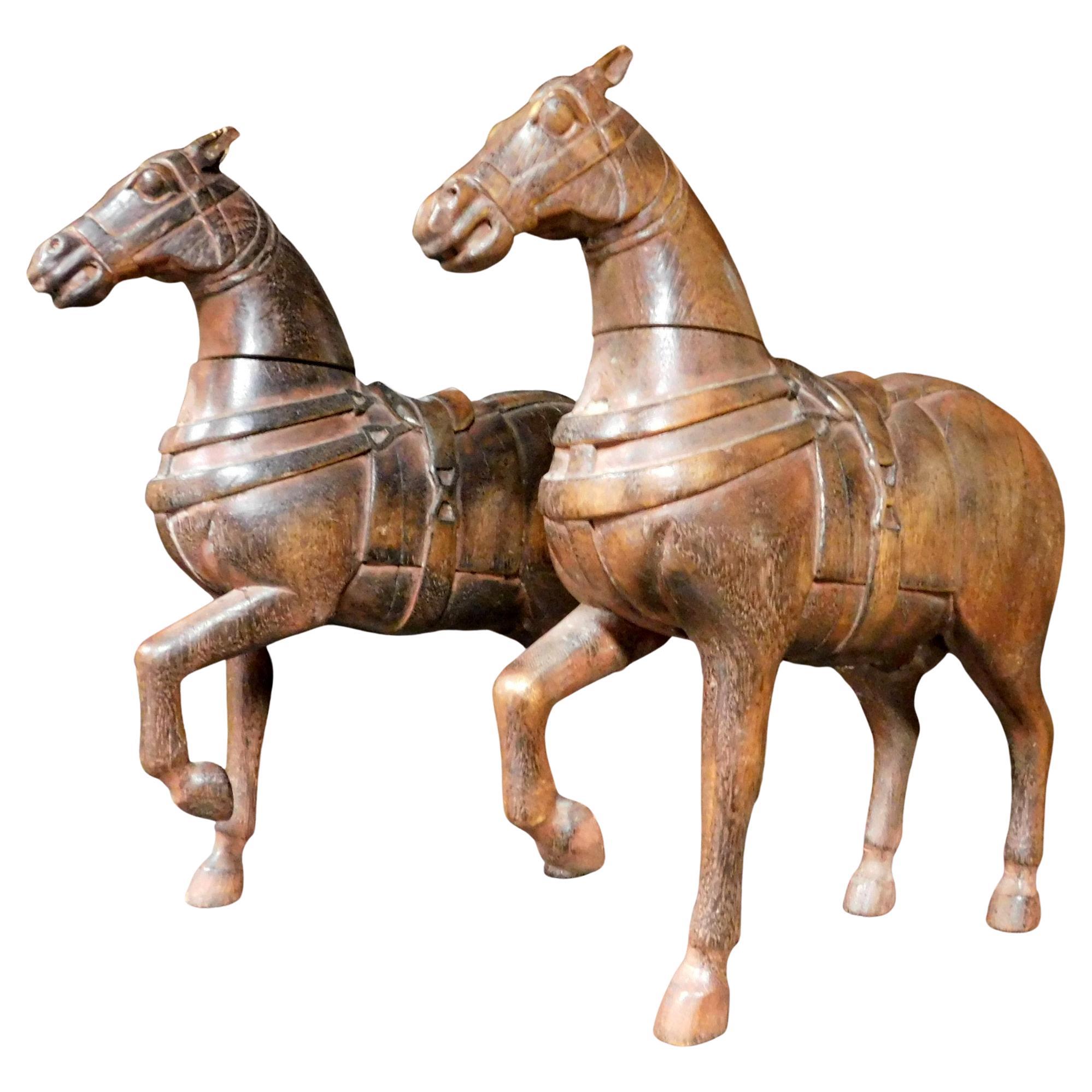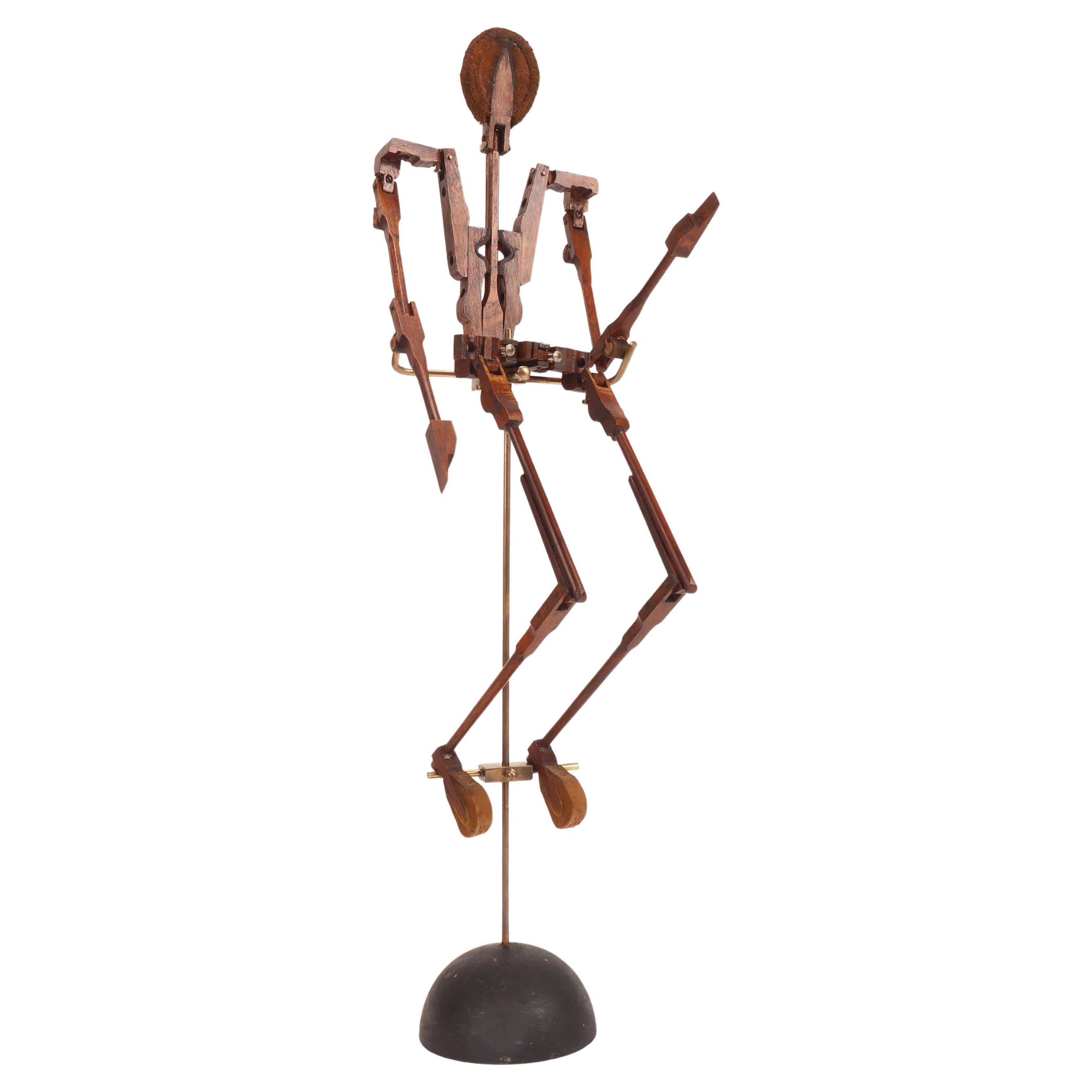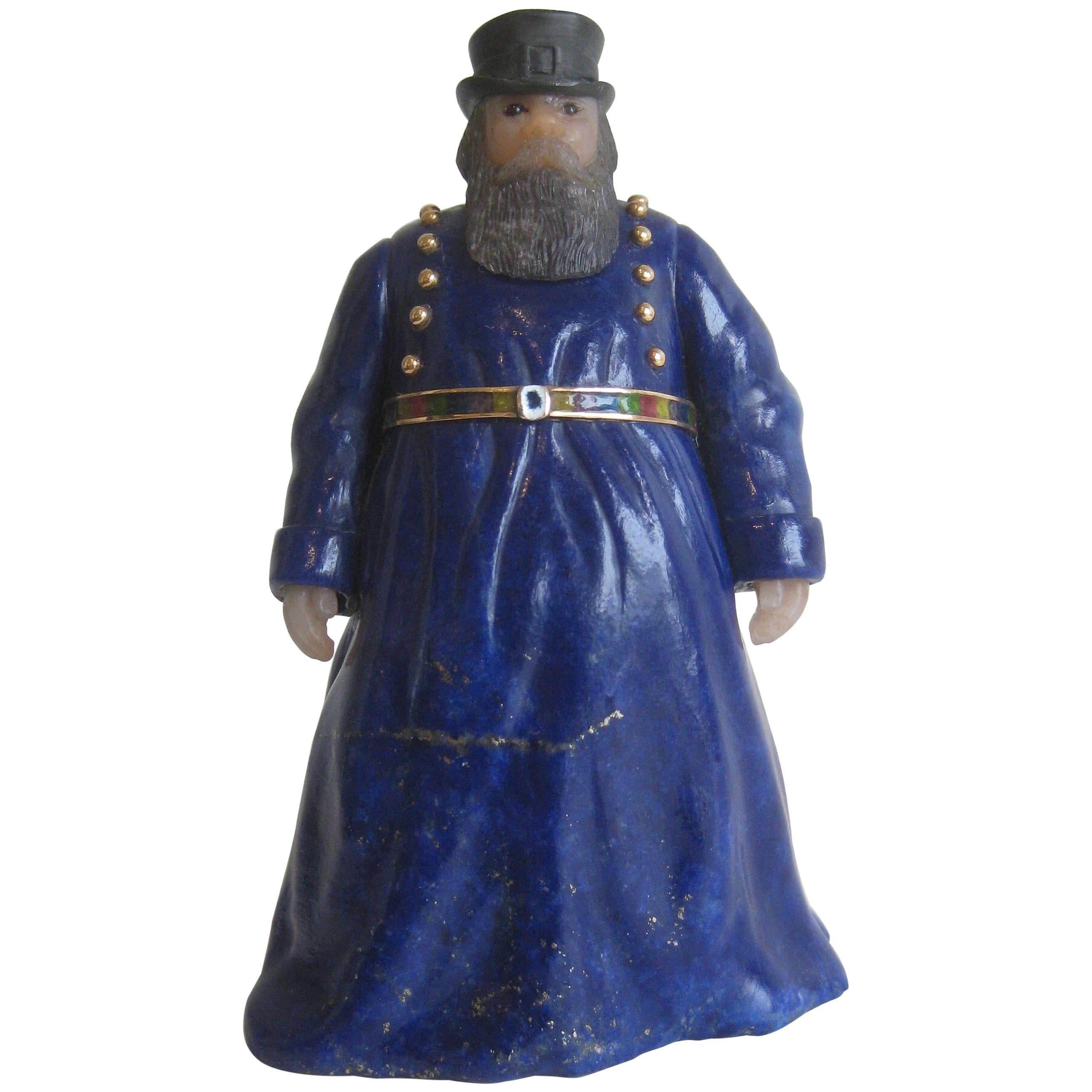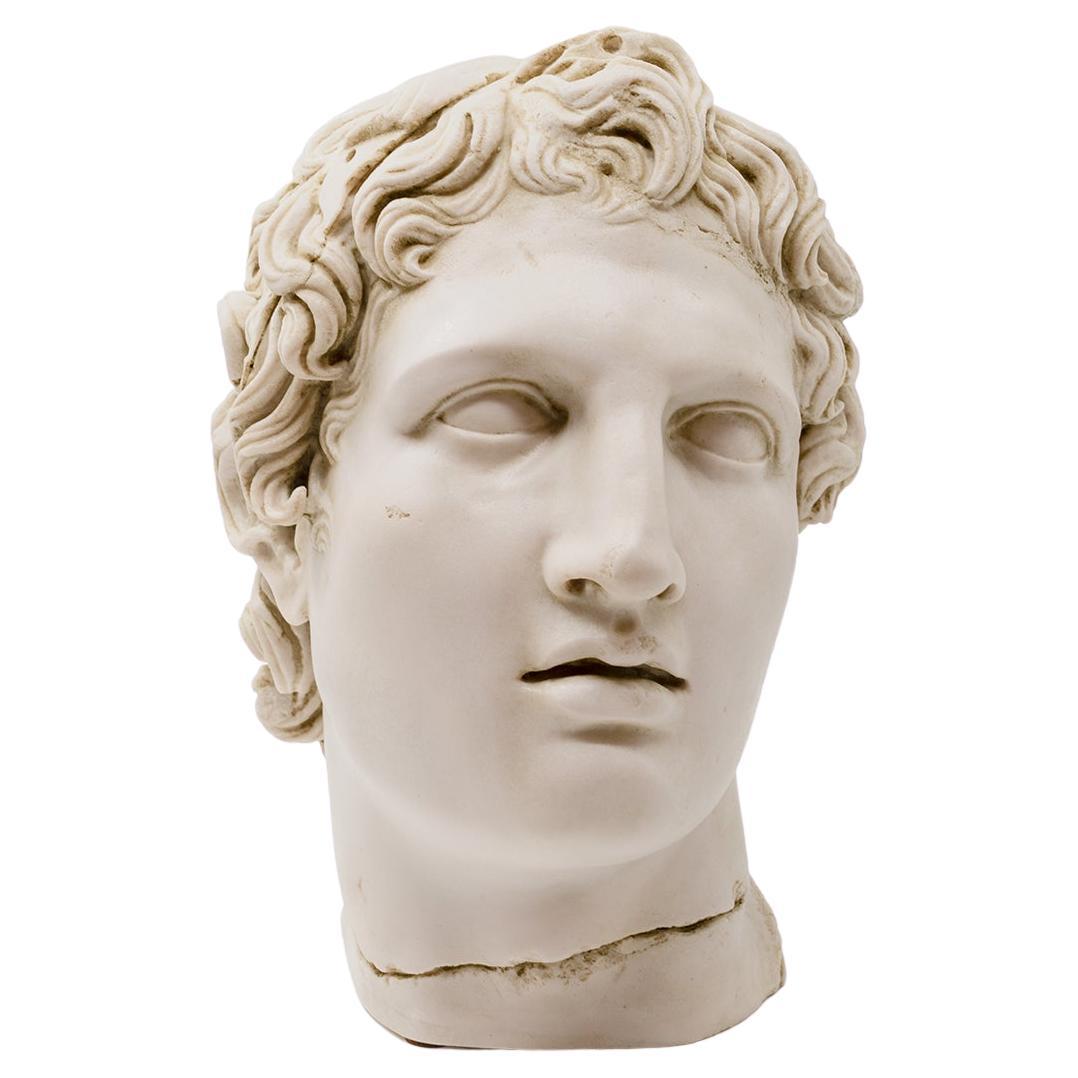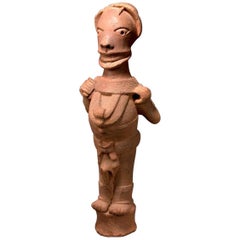
Ancient Gold Alexander the Great Stater Coin, 323 BC
View Similar Items
Want more images or videos?
Request additional images or videos from the seller
1 of 4
Ancient Gold Alexander the Great Stater Coin, 323 BC
About the Item
- Dimensions:Height: 0.79 in (2 cm)Diameter: 0.79 in (2 cm)
- Style:Classical Greek (Of the Period)
- Materials and Techniques:
- Period:
- Date of Manufacture:323 BC
- Condition:
- Seller Location:London, GB
- Reference Number:1stDibs: LU105229837973
About the Seller
5.0
Recognized Seller
These prestigious sellers are industry leaders and represent the highest echelon for item quality and design.
Established in 2008
1stDibs seller since 2014
100 sales on 1stDibs
Typical response time: 7 hours
Associations
LAPADA - The Association of Arts & Antiques DealersInternational Confederation of Art and Antique Dealers' AssociationsThe British Antique Dealers' Association
More From This SellerView All
- Ancient Silver Celtic Tetradrachm CoinLocated in London, GBCeltic ‘Dachreiter’ Tetradrachm Minted in Eastern Europe, circa 1st-2nd Century B.C. Silver A magnificent Celtic tetradrachm of the Dachreiter (“roof-rider”) type, minted by a C...Category
Antique 15th Century and Earlier Mounted Objects
MaterialsSilver
- Ancient Greek Corinthian HelmetLocated in London, GBCorinthian helmet with Bull Horns and Lotus Flower Decoration. Archaic Period, c.550-500 BC. Cast, hammered and incised bronze. An exceptionally well preserved example of one of the most iconic ancient Greek...Category
Antique 15th Century and Earlier European Classical Greek Mounted Objects
MaterialsBronze
- Ancient Greek Hellenistic Bronze Statuette of SatyrLocated in London, GBBeautifully cast statuette of a satyr, Greek, Hellenistic Period, 3rd-2nd Century BC, solid cast bronze The present work is a wonderful example of the finest Hellenistic style. The ...Category
Antique 15th Century and Earlier Greek Classical Greek Figurative Sculpt...
MaterialsBronze
- Ancient South Arabian Alabaster StatueLocated in London, GBSouth Arabian Calcite female figure 3rd Century BC to 1st century A.D. Calcite Alabaster height: 30.5 cm A magnificent alabaster female figure, a f...Category
Antique 15th Century and Earlier Yemeni Figurative Sculptures
MaterialsAlabaster
- Ancient South Arabian Alabaster InscriptionLocated in London, GBSouth Arabian Alabaster Inscription Calcite Alabaster circa 1st century A.D. ‘’Consequently, neither white marble of Paros nor any other stone which men admire can be compared with the precious stones of Arabia, since their whiteness is most brilliant, their weight the heaviest, and their smoothness leaves no room for other stones to surpass them.’’ - Diodorus Siculus, Library of History, Book II, 52.9 This inscription, finely worked on an alabaster tablet, is a remarkably well preserved example of Ancient South Arabian script, with its distinct bold, angular forms, written in the Qatabanic dialect - that is, the dialect spoken by the people of the kingdom of Qataban, which ruled much of modern day Yemen from the 7th Century B.C. to the 2nd Century A.D. The text, which reads: ‘[... ...]sa?d and Ma?add?i- / (of the lineage) of Hawfa- / She entrusted Anb- / against any malfeasance (which would remove it) from its place’ - indicates that it likely served to commemorate a temple offering. The quality of the script, incised so neatly into the surface of the alabaster, tells us that this piece was commissioned by somebody of considerable wealth and prestige, employing a scribe of equally considerable expertise. South Arabia was known throughout the ancient world for its incredible wealth - so much so that the Romans termed the region ‘Arabia Felix’ - literally, ‘Happy, or Fortunate, Arabia.’ That wealth was built largely on the trade of spices and incense, in which the Kingdom of Qataban played a major part. According to Pliny the Elder, this was the sole country through which frankincense could be exported, first being collected in the city of Shabwa, on the South Arabian coast, and from there travelling by camel up to Gaza, to be shipped all across the Mediterranean - not only that, but all growers of myrrh across Arabia were required to give a quarter of their yield to the king of the Qatabanians. As such, the kingdom became exceedingly rich and powerful, and Pliny goes on to tell us that ‘The nations of the Larendani and the Catabani, and the Gebanitæ [...] occupy a great number of towns, the largest of which are Nagia, and Thomna (the capital of Qataban) with sixty-five temples, a number which fully bespeaks its size.’ Because of the nature of its exports, frankincense in particular - the ‘sweat of of the gods’ according to the Egyptian Book of the Dead, and perhaps most famous as one of the three gifts brought to the newborn Christ - being closely associated with the divine, South Arabia’s reputation in antiquity was as a mysterious, almost sacred, and - crucially - extraordinarily wealthy region, at the very edge of the known world; in the words of Herodotus: ‘’Enough of marvels, and yet the land of Arabia gives off a scent as sweet as if divine.’’ This inscription invokes the protection of god Anbay, the judge-oracle of the chief god ‘Amm, who he served as an attendant. Much of what we know of the religious life of the ancient South Arabians comes to us from early Islamic texts, describing what is known in Islamic scholarship as ‘Jahiliyyah’ - the age before the advent of Islam in Arabia. What comes across in much of these texts is that these religious practices placed a great deal of emphasis on sacred stones, perhaps linked to the brilliance of the alabaster which is local to the region, and which a great many of the cult-objects produced in this time are made from. Hisham ibn-Al-Kalbi’s Book of Idols records: ‘’The Arabs were passionately fond of worshipping idols [...] Whenever a traveller stopped at a place or station in order to rest or spend the night, he would select for himself four stones, pick out the finest among them and adopt it as his god, and use the remaining three as supports for his cooking-pot.’’ This inscription was once in the collection of the intrepid British-Australian travel...Category
Antique 15th Century and Earlier Yemeni Abstract Sculptures
MaterialsAlabaster
- Ancient Egyptian Monumental Temple SphinxesLocated in London, GBA pair of monumental limestone sphinxes of Pharaoh Nectanebo I, from the processional avenue of the Serapeum of Memphis, 30th Dynasty, circa 379 - 360 BC. The sphinxes of the Serapeum have captivated travellers since Roman times. However, despite their significance, they are conspicuously absent from the collections of most major museums. Indeed, their existence in private hands is so improbable, and their imitations so numerous, that the present sphinxes were assumed to be modern copies throughout their recent ownership history. Finally recognised and conserved after an extraordinary chance discovery at a garden furniture sale...Category
Antique 15th Century and Earlier Egyptian Egyptian Figurative Sculptures
MaterialsLimestone
You May Also Like
- Ancient Greek Terracotta Antefix in Form of the Head of Artemis Bendis, TarantoLocated in Antwerp, BEAncient Greek mould-made terracotta antefix decorated with the female head of the Goddess Artemis Bendis. Western Greek, Italy, Taranto, early 4th century BC. Two small feathered win...Category
Antique 15th Century and Earlier Italian Classical Greek Antiquities
MaterialsCeramic
- Nok Terracotta Standing Dignitary Figure, TL Tested, Nigeria Africa 500-100 BCLocated in San Pedro Garza Garcia, Nuevo LeonNok Terracotta Standing Dignitary Figure in Royal Pose. I-II Century AD. Certificate of Authenticity with TL Test and Passport from Europe. Museum Piece...Category
Antique 15th Century and Earlier Nigerian Primitive Figurative Sculptures
MaterialsTerracotta
- 2 Ancient Carved Stone Brown Ring Bi Disc Sculptures Iron Stands ModernistLocated in Dayton, OHPair of orange/brown stone carved bi-discs. The bi or pi disc is a flat disc with a circular hole in the center. The discs date back to Neolithic times (5,000-2,000 bc). Archeologist...Category
Antique 15th Century and Earlier Primitive Natural Specimens
MaterialsStone, Iron
- Ancient Pair of Carved Wooden Sculptures of Horses, 19th CenturyLocated in Cuneo, Italy (CN)Ancient pair of carved hardwood sculptures, depicting a pair of trotting horses, sculpted in the 19th century. They measure about W 7 x H 30 x T 30 cm.Category
Antique Early 19th Century European Animal Sculptures
MaterialsWood
- The Riace Warriors, A Fine Pair of Cold-Cast Copper and Resin Replica FiguresLocated in Los Angeles, CAThe Riace Warriors, a fine pair of cold cast copper and resin figures of the Riace Warriors, reduced replicas of the original bronze sculptures currently located at the Museo Naziona...Category
Late 20th Century Unknown Classical Greek Figurative Sculptures
MaterialsCopper
$6,760 Sale Price / set20% Off - Articulated mannequin made with the percussion hammers of a piano Italy 1940Located in Milan, ITA one of a kind, small articulated mannequin, made with the percussion hammers of a pianoforte. The metaphisically shaped feet and face, are made from dampers: these are wooden blo...Category
Mid-20th Century Italian Figurative Sculptures
MaterialsBrass
Recently Viewed
View AllMore Ways To Browse
Swiss Gold Coin
Beaded Ship
Antique Coin Necklace
Goddess Of Victory
Ancient Greek Alexander
Alexander Gold Coins
Alexander Gold Coin
Ancient Coin Goddess
King Snake
Athena Coin
Antique Greek Helmet
Antique Coin Necklace Gold
Greek Helmets
Alexander The Great Coin
Alexander Great Coin
15th Century Coins
Nike Goddess
Alexander The Great Gold Coin

